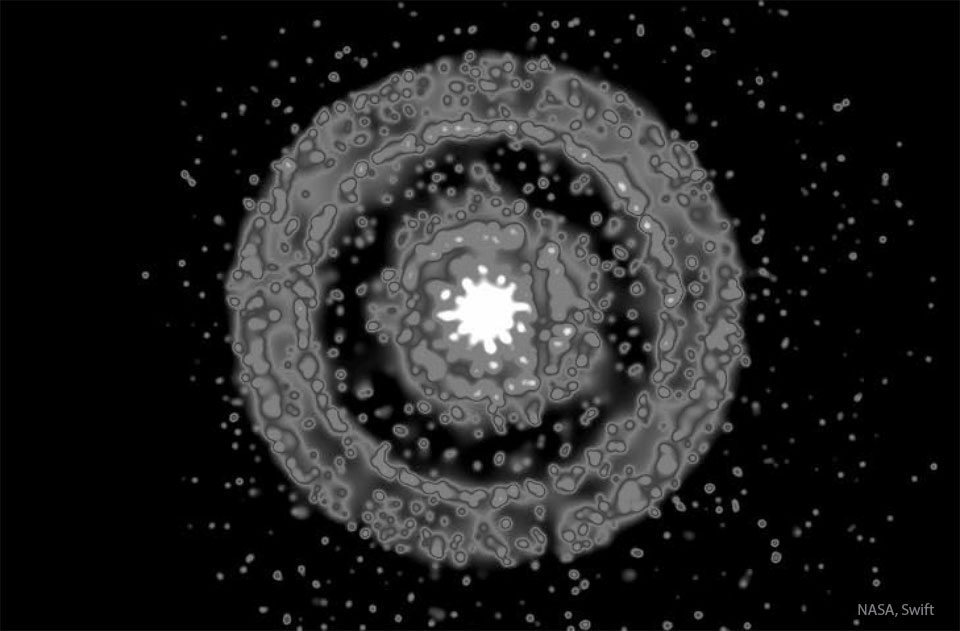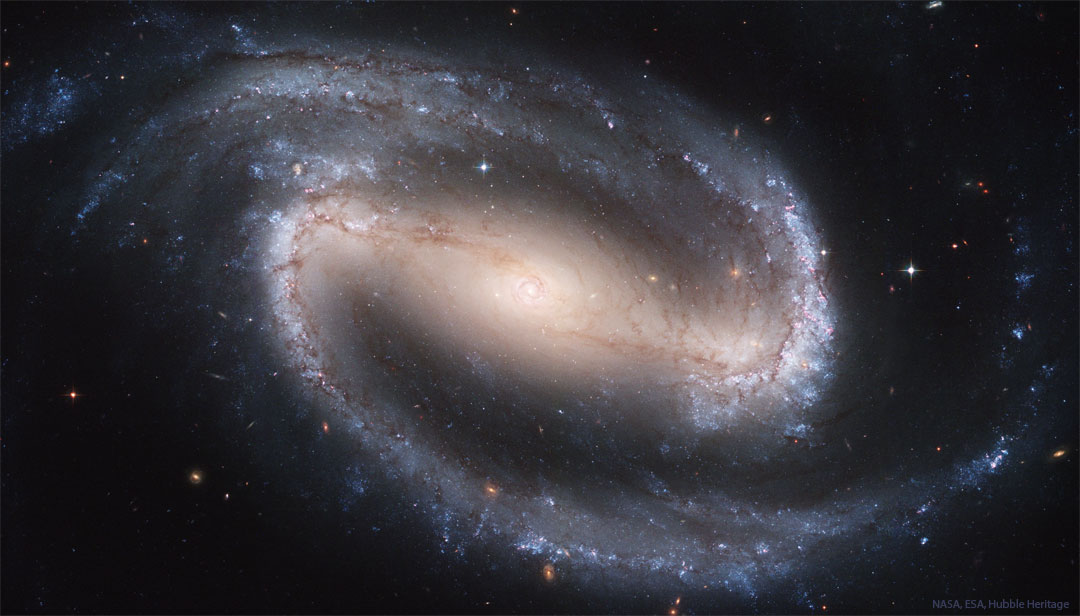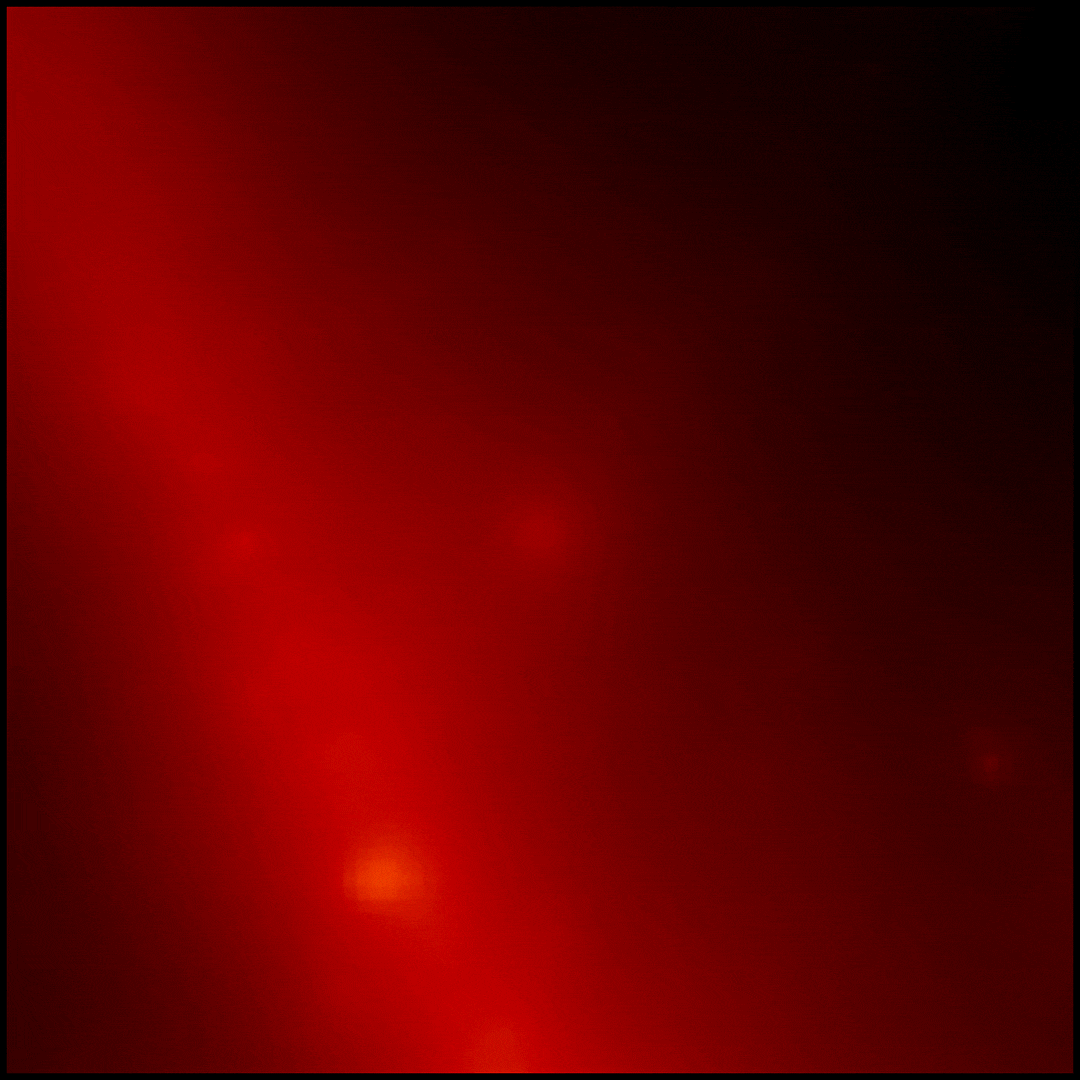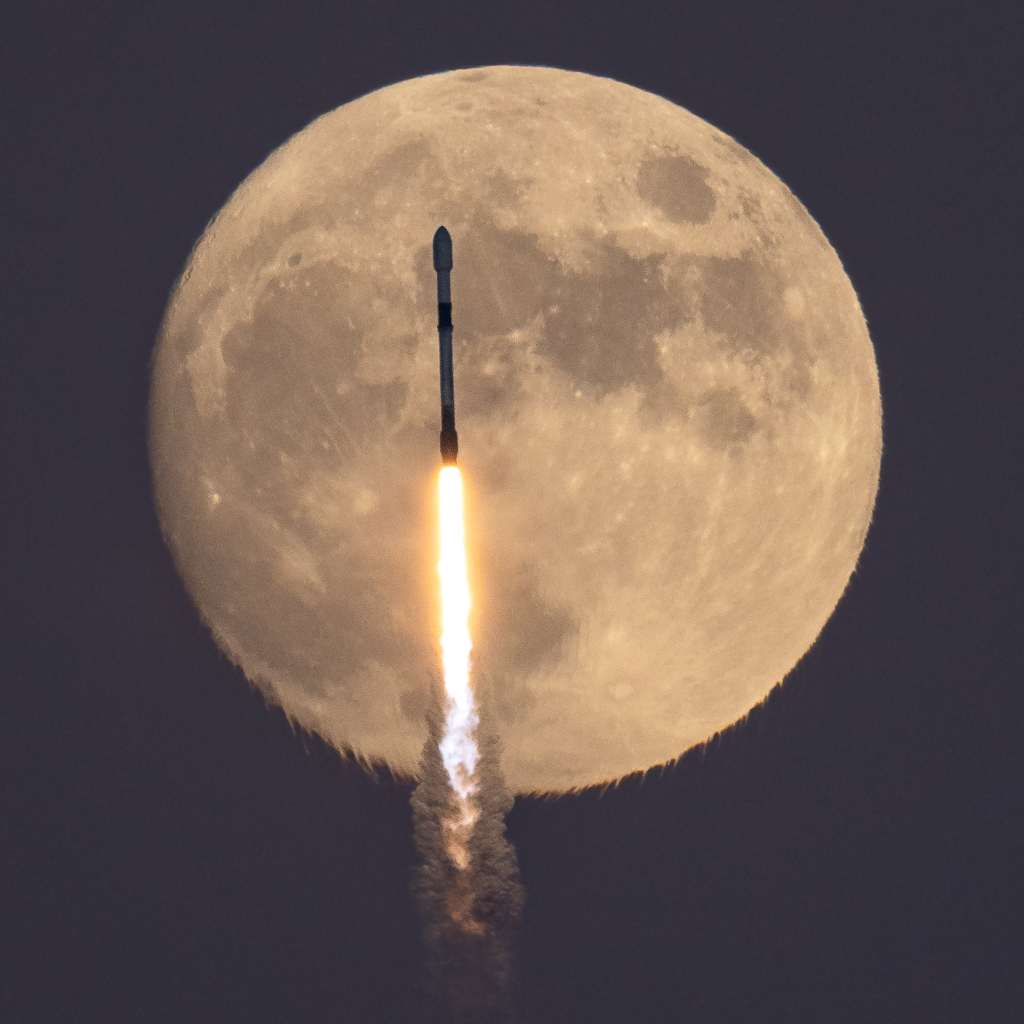Former NASA astronaut James A. McDivitt, who commanded the Gemini IV mission and flew around the Moon as the commander of Apollo 9, died Oct. 13. McDivitt passed away peacefully in his sleep surrounded by his family and friends in Tucson, Arizona. He was 93 years old.
from NASA https://ift.tt/yDgT48v
via IFTTT






